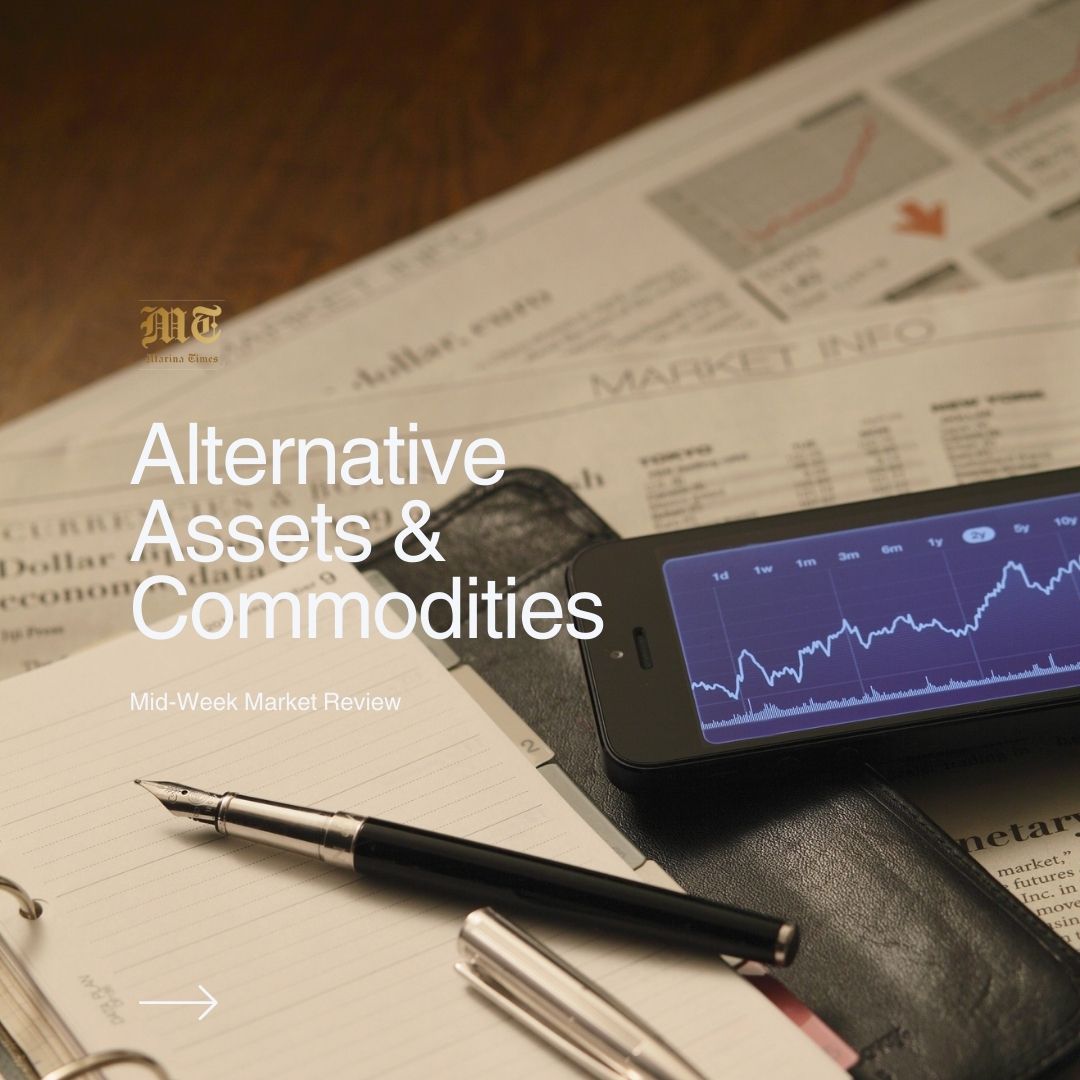

Oil prices edged higher on Friday, though gains were capped after President Trump threatened sanctions against Russia if a Ukraine ceasefire failed. Posting on Truth Social, Trump revealed that the U.S. is considering sanctions on Russian banks and tariffs on Russian goods due to ongoing military action.
Brent crude rose 1.43% to $70.45 per barrel, while WTI gained 1.18% to settle at $67.05. However, both benchmarks posted weekly losses—Brent fell 3.60% (its steepest decline since November 11), while WTI dropped 4.15% (its biggest drop since January 21).
Last Friday, Russian Deputy Prime Minister Alexander Novak confirmed that OPEC+ would raise production from April, but reserved the right to reverse the decision if market imbalances emerge. Meanwhile, Washington is pushing to restrict Iranian oil exports amid tensions over Tehran’s nuclear programme. On Saturday, Iran’s Supreme Leader, Ayatollah Ali Khamenei, vowed not to bow to external pressure.
By Monday, oil prices slipped amid fears that new U.S. tariffs on Canada, Mexico and China could hamper global growth and curb energy demand. Brent fell 1.80% to $69.18, while WTI dropped 1.69% to $65.92. WTI marked its seventh consecutive weekly loss, its longest streak since November 2023, while Brent recorded a third straight week of declines.
Market volatility has been fueled by U.S. protectionist policies, with the White House imposing and delaying tariffs on Canada and Mexico while hiking duties on Chinese imports. In response, China and Canada have responded with retaliatory tariffs.
Short-term oil price support may come from potential sanctions on Iran and Russia, with investors eyeing upcoming IEA and OPEC reports for demand and supply projections.
On Tuesday, oil prices rebounded as a weaker U.S. Dollar offset concerns over an economic slowdown. Brent climbed 1.04% to $69.90 after dipping to $68.63, while WTI gained 1.06% to settle at $66.62.
Trump’s trade policies have unsettled global markets, with key suppliers like Canada and Mexico facing shifting tariffs. Increased duties on Chinese goods have also prompted retaliatory measures. The global 25% tariff on aluminum and steel is now in effect, though major Asian producers—including South Korea, Taiwan, Japan, and Australia—are yet to respond. Meanwhile, the European Commission announced €26 billion in countermeasures on U.S. imports, set to take effect in April. The UK is prioritizing broader economic negotiations.
The U.S. Energy Information Administration (EIA) revised its crude production forecast upward, now expecting a record 13.61 million barrels per day (bpd) this year, up from a previous estimate of 13.59 million bpd.
Investors are also tracking OPEC+, which confirmed its planned April production increase. However, Novak indicated that the group may reassess its strategy, potentially adjusting output levels in response to market conditions.
WTI crude oil futures climbed toward $67 per barrel on Wednesday, supported by a weaker U.S. Dollar and revised forecasts pointing to a smaller global oversupply. The EIA lowered its surplus estimate for this year and halved its projected excess for 2026, citing potential supply declines from Iran and Venezuela. However, prices remained near multi-year lows, weighed down by volatile U.S. trade activity that extended risk-asset declines, along with concerns that tariff-driven economic slowdowns could dampen oil demand. Additional pressure came from the anticipated OPEC+ production increase and expectations of higher Russian exports following Ukraine’s acceptance of a U.S.-brokered 30-day truce. Meanwhile, API data showed U.S. crude inventories rose by 4.2 million barrels last week, well above the expected 2.1-million-barrel increase. Similarly, Brent crude oil futures advanced toward $70 per barrel.
Over the past week, the cryptocurrency market experienced a significant downturn, with Bitcoin (BTC) and Ethereum (ETH) leading the decline. The total market capitalization dropped sharply, reflecting a broader sell-off driven by macroeconomic fears, security concerns, and shifts in investor sentiment. As of today, March 12, 2025, the market is showing signs of stabilization, but remains under pressure.
Several factors contributed to the dramatic price crash over the past week:
—
Bitcoin (BTC) Price Movement:
—
Key Levels:
—
BTC’s decline was sharp, but less severe than altcoins, reflecting its status as a ‘safer’ crypto asset during downturns. The $81,500 sweep suggests a liquidity grab, but failure to reclaim $90,000 indicates weak bullish momentum.
The $714 million in market value wiped out in a single day (around March 9) underscores the intensity of the sell-off. Trump’s Sunday (March 9) announcement of including BTC in a Strategic Reserve briefly lifted prices to $94,000, but gains faded as tariff fears dominated.
Analysts suggest a potential dip to $70,000 if panic persists, though a ‘buying opportunity’ may emerge if sentiment shifts to the $50,000–$69,000 range.
—
Ethereum (ETH) Price Movement:
—
Key Levels:
—
ETH underperformed BTC, dropping over 20% in an hour on March 9, as noted on X. This steeper decline reflects higher volatility and sensitivity to market-wide risk-off moves.
Whale activity added pressure to the downturn. Lookonchain data showed $135 million in ETH collateral at liquidation risk as prices fell below $2,200. The Bybit hack likely exacerbated ETH’s losses, given its prominence in DeFi.
Bulls need to defend $2,100 to signal recovery; otherwise, a test of $1,900 or lower is plausible if BTC continues sliding.
The crypto market’s crash this week was a perfect storm of trade war fears, a major security breach, and technical breakdowns, erasing billions in value. BTC held up better than ETH, but both remain vulnerable. While Trump’s crypto-friendly rhetoric offers long-term hope, short-term headwinds dominate. Investors should watch BTC’s $80,000 support and ETH’s $2,100 resistance for clues on the next move, stabilization or further decline.
As always, tread carefully in these waters!
One Response
How high do you see Ethereum trading over the next 6 months?